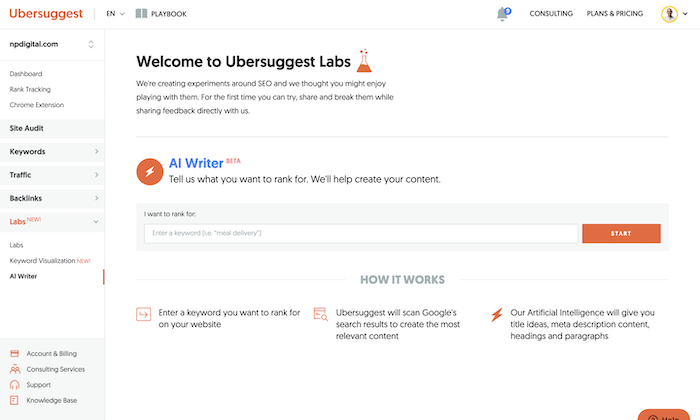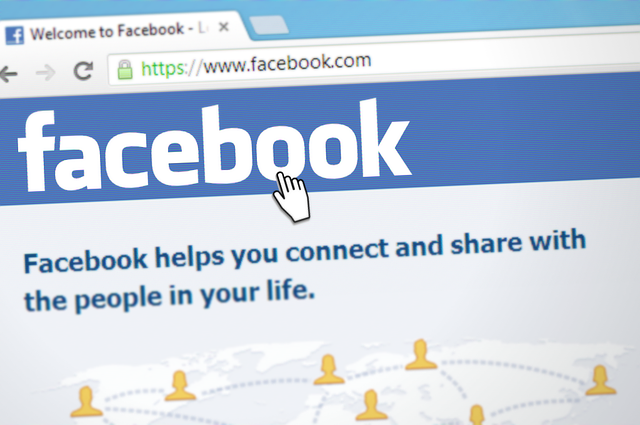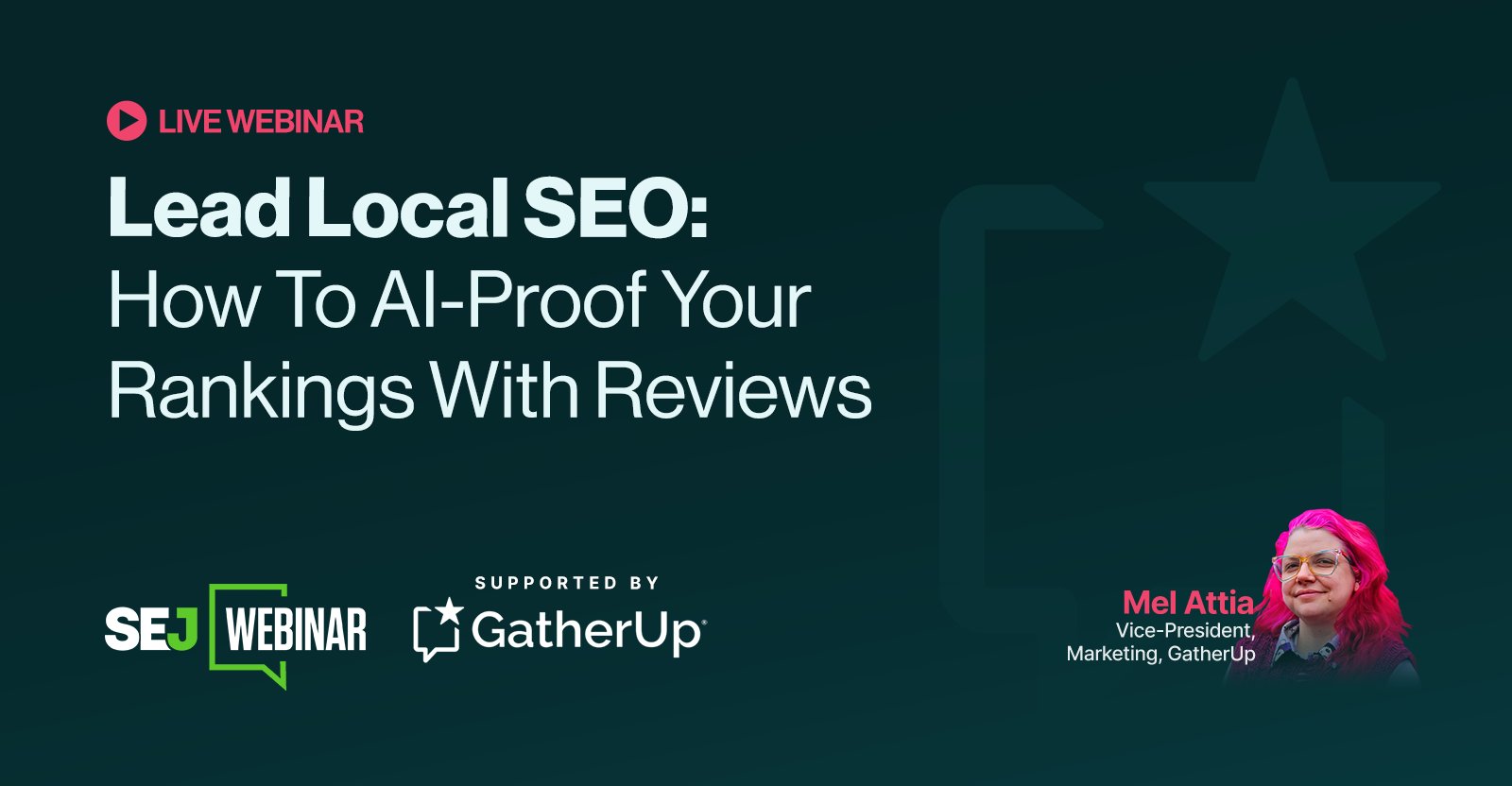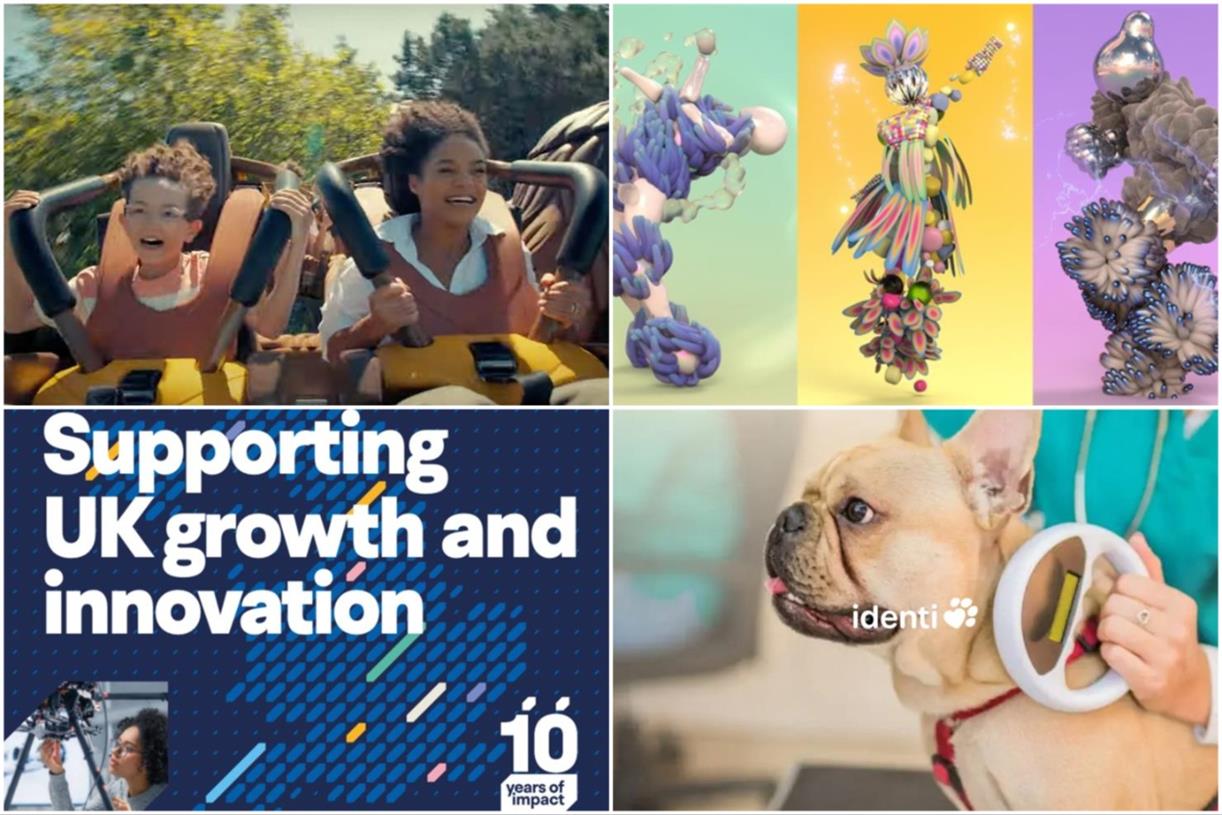Combining Marketing and PR Can Enhance Your Brand’s Footprint
In a world where the average American is barraged with 6,000 to 8,000 ads a day, the importance of organic media coverage has grown tremendously. But it’s not just a matter of more impressions. Marketers must carefully develop and...

In a world where the average American is barraged with 6,000 to 8,000 ads a day, the importance of organic media coverage has grown tremendously. But it’s not just a matter of more impressions. Marketers must carefully develop and streamline messages that work across media in order to create influence.
Before social media, it was enough for large, well-known brands like Coca-Cola to place billboards where someone might have a positive experience, such as a baseball stadium or a theme park, and let the association sink in. Today, however, it’s up to brands to create not only awareness, but trust with their customers.
It Takes Two
According to studies, the average attention span of a Gen Zer is 8 seconds, while their millennial counterparts are willing to devote an entire 12 seconds to a marketer’s message. In order to pay attention for much longer than that, a young consumer needs some sort of incentive. The attention-grabbing methods that ad agencies once created so effectively have now been usurped by TikToks, Snapchats and Reels. The alternative to captivating audiences with something cute, funny, clever, or shocking is with something newsworthy. In other words, a brand doesn’t just need a good ad or a compelling message; it needs to make headlines.
How PR and Marketing Strategies Get In Sync
Public relations, media relations, and marketing all ultimately share the same goal: inspiring a certain audience demographic to pay attention to a message, then internalize it. As the targeted demographic becomes more niche, the more focused the message becomes, making it easier to both capture the audience’s attention and have them internalize the desired message.
There has always been a natural alliance between news and advertising; the difference now is that the line between news and sponsored content has been blurred, often literally. And thanks to social media and search engines, ads and news items can both be targeted much more narrowly. This has created the expectation among consumers that what they see, read, or hear should be personally relevant to them.
As Rolling Stone has pointed out, the 68 million members of Gen Z are particularly media-savvy. They also have serious trust issues. Gone are the days when a brand could simply hire a celebrity to make a television ad and expect their young fans to align with its messaging. The newest generation of consumers anoints its own influencers, and it expects them to reflect their own personal values.
This isn’t to say that paid marketing spots are going extinct — streaming giant Netflix recently announced its own plan to incorporate ads — but it does mean that publicity and advertising must be aligned in order to effectively communicate a consistent message.
Benefits for Brands on Integrating PR and Marketing Efforts
Marketers know that closing a sale takes multiple impressions, but in an age when consumers can turn off the volume or skip the ads entirely, more is not always more. The big payoffs come from synergies, not repetition.
Some of these are straightforward. The more mentions or clicks on a website, for example, the higher a website’s SEO score will be, placing it higher on the list of search results. This creates more received interest in the brand and, therefore, more news around it.
Other benefits, however, are more abstract. When a brand appears on a news website’s main pages in a non-advertising manner, that brand’s message is organically reinforced, further establishing credibility amongst readers and consumers. For example, the owner of a staffing firm might pay Google for each ad click as a possible lead generator, but they will also want to be quoted as a thought leader in news articles about The Great Resignation, or bylined in a guest piece where they can share advice on how to resolve critical, trending human resource issues.
More and more, the roles of thought leader, influencer, advertiser and business owner or executive are converging. The roles of PR and marketing in general are following suit. We don’t just want to feel like we know who we do business with, but we also expect them to earn our trust. We want their values to align with our own because we want to feel good about how we spend our time and our money. As brand builders, that means incorporating multiple channels of communication at all times.

 KickT
KickT 
































